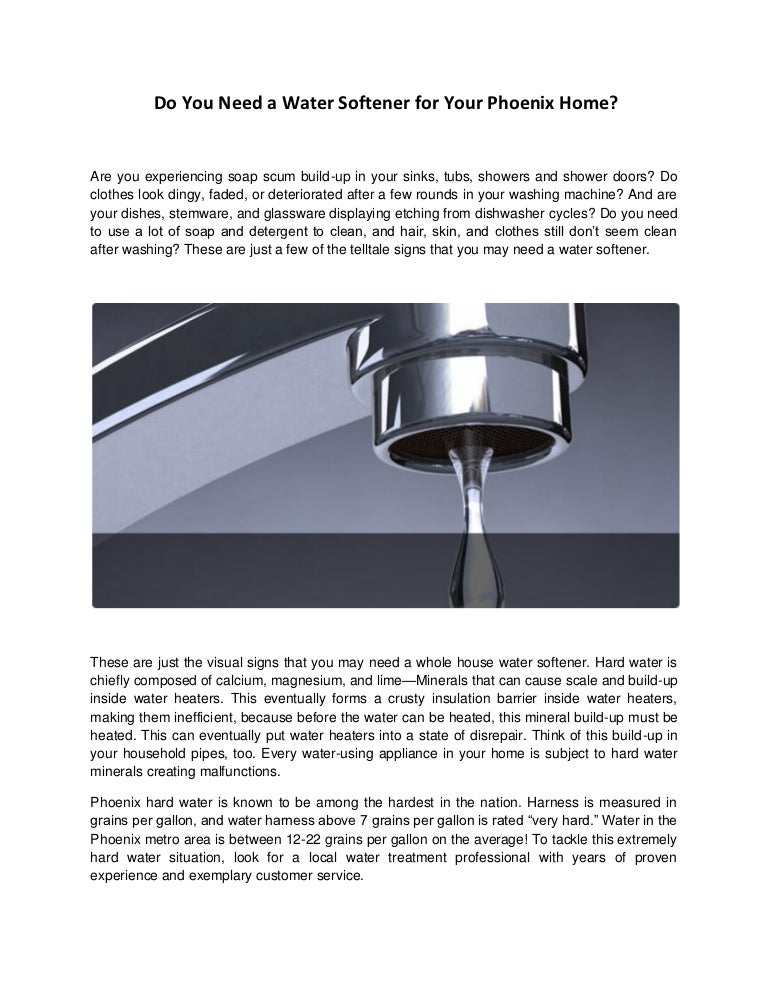Table of Content
- Can I add a water softener to my shower?
- What are three ways to soften hard water?
- Having a water softener means your hot water heating system has been protected from hard water build-up.
- Additional resources
- 🔎 Factors Affecting Water Softener Installation Location
- ❔ Where To Install A Water Softener FAQ
The water used to regenerate the softener beads ends up as waste. You woke up this morning and your water felt smooth and soft as normal. But as you’re getting ready to go to bed, you notice that your soap is not lathering well and your water feels hard.

Window insulation film takes just minutes to apply and can help prevent heat loss through windows. The film, which is typically made from polyethylene terephthalate , has sticky edges that adhere to the frame of the window. Once installed, the film can help retain as much as 55 percent more heat. If, however, you live in a hot apartment building and have no control over the thermostat, you’ll want to leave your ceiling fans running counterclockwise. If you’re trying to cool down a space, it’s also helpful to open the top portion of the windows to allow some of the hot air to escape.
Can I add a water softener to my shower?
A water softener works by removing the minerals from the water that cause it to be hard, such as calcium and magnesium. Besides the pipes, other appliances and furnishings have to be scrubbed clean more often if you use hard water. The minerals in hard water have ions that form into insoluble salts, called soap scum, which can leave insoluble stearates on places such as tubs and sinks. It also forms scale in coffee makers and everywhere else it sits. The more you have to scrub these items, the more you run the risk of scratching up the surface, especially since scale can’t be dissolved away easily.
In addition to softening hard water, water softeners can help reduce the amount of scale buildup in your home’s fixtures and appliances. And you’ll probably need an electrical outlet nearby since most units need electricity. Additionally, access to a drain is also needed since most water softeners create some water waste that needs drained. When you’ve think you’ve found the perfect spot, make sure that you are able to leave about 10 inches of piping between the home’s hot water heater and the water softener system. Despite the fact that water softeners are often low maintenance, they still need periodic cleaning to prevent deterioration. Regularly cleaning the resin tank, brine tank, and other critical components of your water softener will help the system survive up to 20 years without constant repairs or servicing.
What are three ways to soften hard water?
Typically, softener models utilize one safety valve that controls the amount of brine refill water. The absence of salt could get this valve “confused”, and the brine float will not be able to prevent water from entering inside the tank. Some homeowners switch to potassium chloride pellets because they don’t contain salt. It means that potassium is used to displace hard minerals and replace them with potassium rather than salt in your household water. You should only use about 6-8 pounds of salt, depending on the size of your brine tank. Please take note that the harder the water, the more salt is needed.

Most brine tanks require cleaning every 6 to 12 months, depending on the type of salt used. Low-purity salts, such as rock salt, may necessitate more regular cleaning. Generally speaking, humans produce a mild scent in the same way that a dog smells distinctly dog-like . However, your clothing shouldn't smell of anything but the additional freshening scents that you may choose to add during your washing procedures.
Having a water softener means your hot water heating system has been protected from hard water build-up.
Also more at risk for freezing are pipes in basements, garages, crawlspaces, kitchens and other rooms with outside walls such as bathrooms. With temperatures dropping, many homes are at risk for freezing pipes. Some renters in urban locales like New York City have the opposite problem—their apartments are too hot in the winter.

Also, make sure that the well supply pump and water meters are close to the water softener and before it. Replacing an old water softener is easier than installing a new system. You shouldn’t need to plumb the system into your water line because you’ll already have a dedicated setup for your existing softener. Let’s look at how to install a water softener at your main supply line.
If you would like to learn more about installing a water softener into your home’s water system, contact us! The experts at Howe have experience installing water softener systems and would love to help keep your appliances operating at peak efficiency all year round. Minerals found in hard water can build up on household appliances and can drastically affect their operational efficiency and longevity.
Soft water will likely increase the ease of removing dirt throughout the house, and it’s great for rinsing as it doesn’t leave streaky residue too. With hard water it is more difficult to produce an effective lather to remove dirt and stains, and on smooth surfaces the mineral deposits can produce a spotted appearance. That will deep clean your hair and provide a noticeable difference in its softness and vitality.
The softener will now be ready to produce softened water in your home. Having hard water in your home’s water system means there are high levels of calcium and magnesium in the water, which can be harmful to appliances, pipes and to you. Installing a water softener system in your home will help protect your appliances and pipes from these harmful minerals, and is also safe to drink. Below we explain some of the benefits of how adding a water softener to your home’s water system will improve your water.
Second, a brine tank with a low salt level simplifies cleaning due to better visibility. When the salt level is low, it is easy to see any salt sludge and debris at the tank’s bottom. Any debris in the brine that goes through the salt tank becomes lodged in the salt and builds up over time.

No comments:
Post a Comment